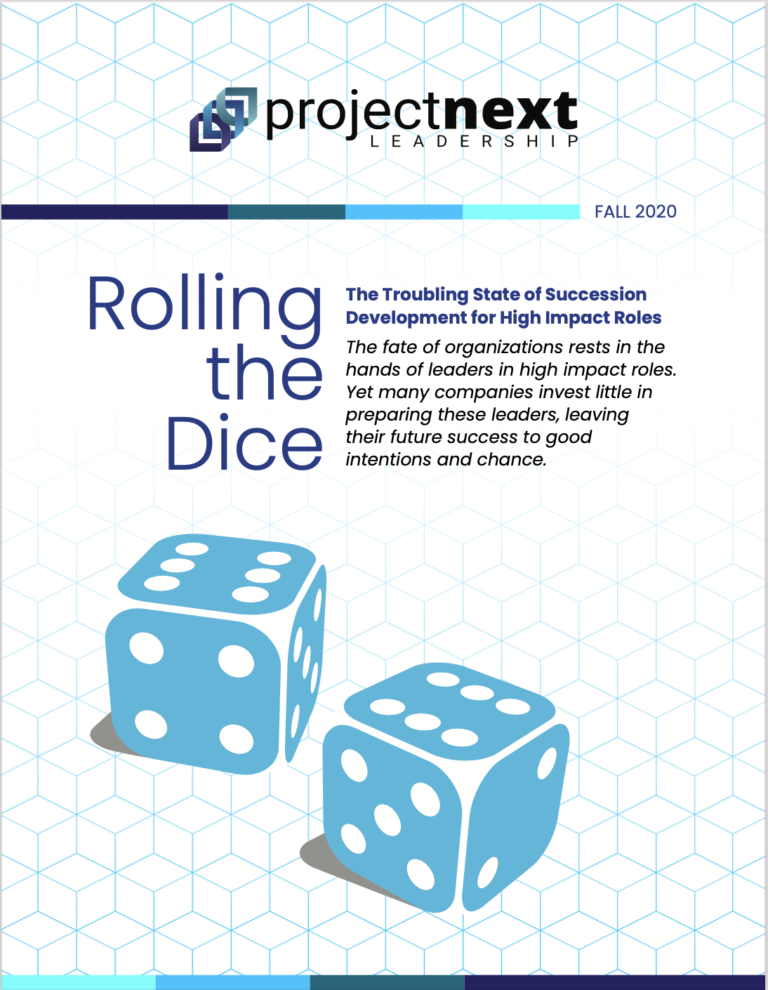(Originally published in Forbes on August 30, 2021)
Economists are calling this “The Great Resignation.” Employees are leaving their jobs in record numbers due to burnout from the pandemic or the desire for more flexibility in their work. Eventually, these workers will find new employers and start new jobs.
Many of these workers will go through new employee onboarding. Beyond the HR benefits talk, there is usually information about the company’s history, products and services and culture, while their managers set up team introductions, order the computer, and take the new recruit to lunch.
But what about our most visible, expensive and potentially most high-impact new employees: our senior leaders? These days, there is plenty of movement in the senior ranks as well. But because of their experience, senior rank and air of self-confidence, we often let them “figure it out” and then blame them for a “poor fit” when it doesn’t work out (which it doesn’t way too much of the time). Now add in the fact that executives are often onboarding remotely, without the benefit of connecting with the team in the office on a regular basis. They are often starting their new role from their home office, with far fewer cultural and social cues on how to appropriately integrate.
In 2020, the Corporate Executive Board (CEB) estimated that 50-70% of executives failed in their first 18 months on the job. Why? Three-quarters of executives surveyed by McKinsey considered themselves “unprepared for the position because of inadequate onboarding processes.”
What does a senior leader need in order to be onboarded effectively? How can we maximize their chance of early successes and longer-term impact? Executives are expected to have a vision for their organization, be able to build trust quickly, and navigate critical decisions – all while they are still getting their sea legs. We have learned that there are a few key areas in which we can help new leaders get their footing.
Understand context: Any executive coming into a new organization needs to learn how things get done here. What is the prevailing leadership style and the cultural nuances that can either build support or alienate others? Having an internal mentor is invaluable in learning the context. One of our tech clients has a very people-oriented culture where consensus is a common decision style. One of the biggest mistakes their new leaders make is to “bulldoze” others in ways that are totally accepted in other corporate cultures.
Take stock of the team: One of the first steps a leader must take is an inventory of their team: the strengths and weaknesses as well as the individual personalities and interpersonal dynamics. Does your team have the capabilities, experience and network to deliver on your organization’s key performance priorities? Are they working as a team, or in siloes? During a recent CEO onboarding assignment, one of the leader’s biggest takeaways was identifying individuals on his team who had wanted his job, and strategizing how to bring the team together.
Build stakeholder relationships: The complexity of senior roles requires trusted working relationships with colleagues. Who are the critical ones to focus on first? What are their goals, and how do they support or conflict with yours? What can you do early on to establish a positive relationship? Building these relationships virtually is even harder, requiring a new executive to be intentional and proactive about reaching out to key stakeholders to establish working relationships ahead of difficult issues arising.
Set direction: Senior leaders are expected to hit the ground running. Often the role you have filled may have been vacant for a time and decisions have gone unmade; expectations for action are high. Part of the onboarding process for senior leaders must allow for collecting and assimilating information and crafting a clear vision. Leaders should prepare speaking points and priorities and set expectations for the first few months.
Manage time and timing: All senior leaders have to manage their scarcest resource: time. Based on the situation at hand and the expectations of your stakeholders, what are the quick wins to focus on for the first 3 months? Where should you focus your time? Which meetings should you take, and which can be covered by others? Where you spend your time should reflect your top priorities. Are you a customer-focused leader, for example? Then you’ll want to spend time with top customers and share your insights from those meetings with the team. The discipline of managing time effectively is especially important for new executives, as it’s likely they’ll have a constant line out the door of colleagues who want some of their time.
Take on your new identity: Often senior leaders are hired into a role that is a step up in their career—higher-level, broader, and more visible than in the past. Take time during your early days to decide how you want to be known. From Day 1, others will pass judgments based on what you say, how you say it, where you spend your time, and even how you dress or what time you send your emails and texts. New executives are often taken by surprise to realize the extent of the scrutiny. Think about what you want to be known for, and how that will support your objectives and gain the followership you will need to succeed.
Executive onboarding helps set a senior leader up for success and greatly increases a leader’s preparedness and chances for success. A well-connected internal mentor can help the leader navigate potential hazards in the culture or the team. An experienced external coach can help the leader prioritize and strategize, and also provide a safe place to express the common fear of failure or imposter syndrome that is alive and well (and well-hidden) in senior ranks. Hiring a new senior leader is risky and expensive. And right now executive transitions are more frequent and more challenging than ever before. Effective executive onboarding mitigates that risk and helps set the leader, and the organization, up for success.




